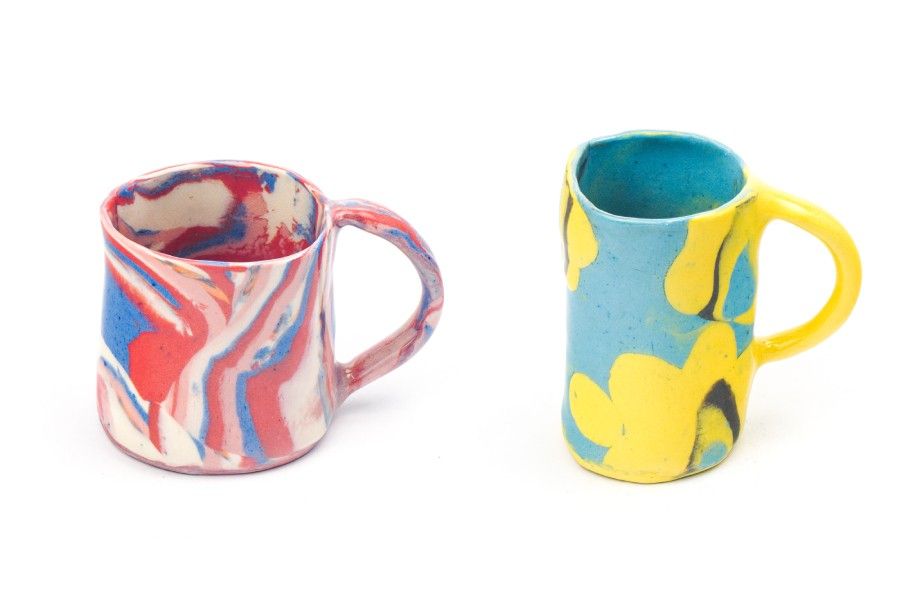
Upgrade to High-Speed Internet for only ₱1499/month!
Enjoy up to 100 Mbps fiber broadband, perfect for browsing, streaming, and gaming.
Visit Suniway.ph to learn
Winnie Go’s The Art of Nerikomi
For most people, their experience of ceramics began within the warm confines of a domestic space. From cups of coffee to stoneware vessels that hold cooking utensils and food platters and dinner plates that grace our tables, these familiar functional ceramics are so much a part of the everyday, valued for their durability, pleasing heft and varied designs.
But when the material of clay is sculpted by the hand of a ceramic artist with more than three decades of experience, function and artistic expression flow in unison as in Winnie Go’s latest body of work at Aphro, The Art of Nerikomi.

The artist’s latest series is the result of her research into the Japanese technique of Nerikomi, in which layers of clay are carved and hand built to create variations of patterns that are visible on the inner and outer faces of the objects.
Maintaining layers of colour becomes the substance and structure of this process, one that entails careful planning, an understanding of the characteristics of di:erent clays, and the skill and confidence to build each piece by hand.
But because the molded clay requires a final step in the kiln, the process also yields many surprises, details that reveal themselves only after the second firing. The physicality of rolling out the colored clay, carefully measuring these into equal stacks, and slicing the block of layers to form patterns is reminiscent of the artist’s training in culinary arts, which perhaps explains why she is so taken by this technique.
For the artist, mixing colors into the clay “by eye,” rather than the measured proportions prescribed by traditional Nerikomi practitioners, opens the process to play and spontaneity. She explains, “Becauseit’s not measured, each slab is unique. You can’t duplicate it for a second time and that’s my intention.”

Layering colors in ceramics has been around for thousands of years, with the earliest known examples found in ancient clay jewellery from Egypt, Roman marbled ceramics from the 1st century, Tang dynasty jiao tai pottery from the 8th century, Edo period Nerikomi ceramics dating from the 17th century, and 18th century agateware from Britain.
In the 1970s, some ceramic artists in the United Kingdom moved away from traditional approaches to ceramic production, using layering techniques that resulted in exciting developments in the discipline.
More recently, traditional Nerikomi techniques continue to be practiced in Japan, primarily in towns where pottery culture has flourished since medieval times, with local artists creating stoneware vessels in familiar colours of brown, green, and white with contemporary marbling patterns.
The robustness of the Nerikomi process allows for creative innovations, making it the perfect vehicle for Go’s experimentations with colour and abstract patterns.
Drawing from her own textile collections and artistic interests, she infused this latest series of functional wares with patterns from indigenous ikat weavings, vintage fabrics, marbled papers and abstract paintings.
The vivid colors and layered patterns in Go’s espresso cups and mugs, breakfast sets, paired bowls and serving plates allow audiences to appreciate not just their decorative appeal but also their capacity to elevate everyday moments when used.
In The Art of Nerikomi, Go underscores how art is not separate from dailylife, bridging the usual divide between the functional and the sculptural, to create one-of-a kind pieces that are beautiful as they are useful.

 2 months ago
26
2 months ago
26
_2025_06_27_19_58_32.jpg)


